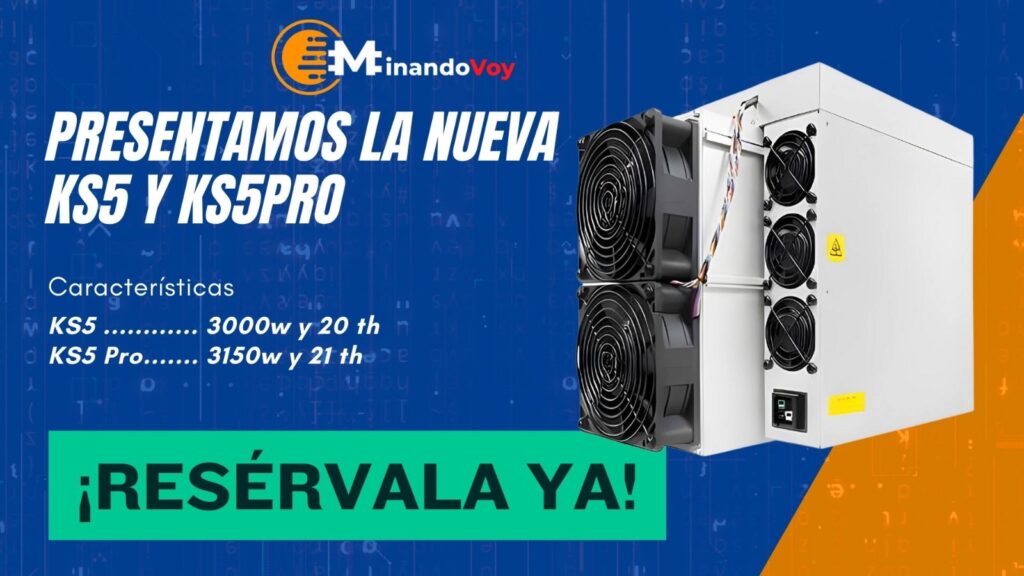In the vast and dynamic universe of cryptocurrencies, Kaspa is emerging as a significant contender. Unlike many alternative currencies, Kaspa has a distinguishing feature: its price follows a power law, similar to Bitcoin. Launched in late 2021, Kaspa shares many similarities with Bitcoin, including its Proof-of-Work mechanism and a fair launch. However, its unique advantage lies in its ability to handle a much higher transaction speed, achieved by using a blockDAG (directed acyclic graph) instead of a traditional blockchain.
The academic paper "Phantom GhostDAG: a scalable generalisation of the Nakamoto Consensus" explores the innovations behind Kaspa. This system allows for a transaction speed limit that will ultimately be approximately three orders of magnitude higher than that of Bitcoin. In essence, Kaspa is an evolution of the Bitcoin model, maintaining the principles of security and decentralisation, but with significant improvements in scalability.
One of the most intriguing features of Kaspa is its price, which follows a power law. Figure 4 of the article shows Kaspa's price with its power-law trend lines on various charts, including linear, log-linear and log-log. This behaviour is remarkably rare in the crypto world, where most altcoins do not exhibit such clear and consistent growth patterns. Based on current trends, Kaspa's price could reach $1 between mid-2026 and late 2027, and $10 between 2034 and 2036. At the time of writing, Kaspa is trading at $0.13, underlining its significant growth potential.

Kaspa is also distinguished by its focus on storage efficiency and traceability. Kaspa's normal nodes keep the transaction history for only three days, although the complete UTXO database is retained. To ensure traceability and proof of fairness, there is a collection of archive nodes that maintain the complete blockDAG and transaction history back to its genesis.
The name "Kaspa" comes from an ancient Aramaic word for silver, reflecting its intended purpose as a medium of exchange, similar to the historical role of silver, rather than in direct competition with Bitcoin as a digital store of value. This positions Kaspa not only as a technical innovation, but also as a practical proposition for everyday use in transactions.
The Bitcoin Power Law
The concept that Bitcoin's price follows a power law was initially observed by a user under the pseudonym Trololololo. Giovanni Santostasi was the one who actually identified this law, and HCburger helped popularise it, although it never received the attention of other models such as PlanB's famous stock-to-flow. Recently, the power law model has resurfaced on popular YouTube channels such as those of Andrei Jikh and Peter McCormack.
The power law is a mathematical function that maps input (x) values to output (y) values in the form y=x^k, where k is a constant. This formula can be represented in linear, log-linear and log-log graphs, the latter being particularly useful for visualising data that follows a power law. In the case of the Bitcoin price, log-log graphs show that it follows a linear trajectory, indicating that it is following a power law.

The Convergence of Price Trends
A fascinating aspect of the power law applied to Bitcoin is the convergence of its upper and lower trend lines. These trend lines indicate that, in the long term, Bitcoin's price could stabilise as the time approaches when the last Bitcoin will be mined, around the year 2140. This phenomenon suggests a decrease in Bitcoin's volatility as it matures as a financial asset.
Kaspa and Bitcoin: A Comparison of Volatility and Adoption
While Bitcoin has established its place as the leading cryptocurrency, Kaspa is proving to be a viable alternative with its own growth path. Bitcoin's adoption is influenced by its halving cycle, which reduces the mining reward every four years, affecting supply and, consequently, price. Kaspa, on the other hand, reduces its supply more gradually, which could result in lower volatility in the long run.
Bitcoin's price channel width remains wide due to its high volatility, mainly driven by its halving cycle. In comparison, Kaspa shows a narrower price channel width, indicating lower volatility and more stable growth.
Conclusion
Kaspa and Bitcoin represent two distinct approaches in the world of cryptocurrencies, both following a power law but with different trajectories and characteristics. While Bitcoin remains a digital store of value with high volatility cycles, Kaspa is positioned as a medium of exchange with greater transaction capacity and more predictable growth. As the cryptocurrency market evolves, it will be interesting to observe how these two adoption and growth models influence the future of digital finance.












